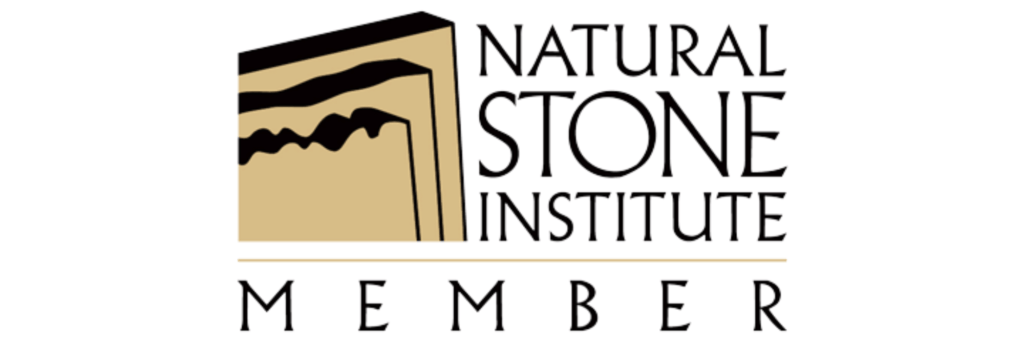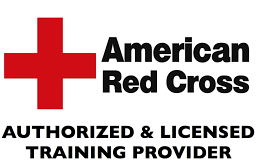Active Shooter Planning and Response
The importance in sharing this information is not to put fear into the workplace but, like any safety measure, to ensure everyone is fully prepared in the small chance something does happen.
Having a coordinated and practiced plan is the best way to keep any workplace as safe as possible in an active shooter situation.
According to an FBI report published for 2021, the number of designated “active shooter” incidents in the United States has shown significant increases country-wide since 2019.
For the purposes of this report, the FBI and Department of Homeland Security define “active shooter” as: “an individual who is engaged in killing or attempting to kill people in a confined and populated area.”
Active shooter events usually involve some sort of firearm and the targets/victims are selected randomly. These events are most often over within 10-15 minutes, so a fast response is necessary and could be vital for everyone involved.

Emergency Action Plan

Just as with any major workplace emergency, such as fire or earthquake, having a complete Emergency Action Plan (EAP) is the first step to ensuring safety during an Active Shooter Drill.
The purpose of an EAP, as required by OSHA, is to facilitate and organize employer and employee actions during workplace emergencies.
An EAP helps to ensure everyone knows what to do and can quickly work together to eliminate and avoid hazards.
The first steps to establishing an EAP include:
- Gathering emergency responder, hospital, company management, and building contact names and phone numbers;
- Establishing how employees will be alerted to any particular emergency, including any code word that could be used on a PA system, phone or text alerts, etc.;
- Having supplies such as exit floor plans, first aid, staff rosters and schedules, flashlights, communication devices, etc.;
Once the above is established, you should:
- Create a written Emergency Action Plan outlining all of the above.
- Train employees on the plan, and specifically discuss immediate actions to take when gunshots are heard.
- Conduct regular emergency drills with an active shooter scenario, including employees individual responsibilities for enacting the EAP, and meeting at a designated spot away from the emergency to try to identify which employees are still in the building.
- Continuously evaluate the success of your drill so you can adjust your plan and training as needed for the fastest and safest response.
Your workplace already has such a plan in place, a copy of which can be found in the workplace Safety and Health Manual, and it’s important that employees frequently review it and know where to access it in case of emergency.
While emphasis is generally put on more common emergencies, such as fire, it’s also important to plan for and practice what to do in case of an Active Shooter Drill. To facilitate your existing EAP, we will outline proper response to an active shooter here.
Knowing What to Do in Case of an Active Shooter
As recommended by the Department of Homeland Security, in an active shooter scenario it is important to rapidly determine the most reasonable way to protect your own life.
Other employees, clients and customers, who may be present in the workplace, are likely to follow the lead of employees and managers taking action.
Homeland Security advises there are three best options to take:
1. Evacuate the building;
2. Hide from the shooter; or
3. Take action against the shooter.
These responses are simply referred to as: RUN, HIDE, FIGHT
RUN:
Typically the best choice in an active shooter scenario is to evacuate the area as quickly as possible. One should:
- Always be aware of two available exists or escape routes in the workplace building.
- Help guide others to the escape route and prevent them from entering the active shooter area.
- Whether or not others follow you, continue to exit as quickly as possible. Everyone should already be drilled and prepared to do the same.
- Don’t attempt to move wounded people as this can make you a further target.
- Keep your hands visible at all times as you exit and follow the instructions given by emergency response personnel.

HIDE:
If you are unable to safely escape an active shooter area, quickly find a place to hide.
- An ideal hiding place is generally going to be an office or room with a door that can be locked or barricaded to prevent access.
- Stay out of site, away from windows, and low to the floor.
- Turn off any phones, radios, etc. and stay quiet.
FIGHT:
- If hiding or evacuating are not options and you are able to, call 911. Leave the line open for dispatch to listen and record the events taking place.
- If possible to do so quietly and without drawing attention, describe the location of the shooting, the shooter, and any weapons being used.
- Breathe deeply and slowly in order to remain calm. Keep listening to your environment and prepare your next moves.
- Determine if there is anything that can be easily wielded and used as a weapon.
- As an absolute LAST RESORT, and only if your life is in immediate and imminent danger: take action against the shooter by “aggressively and overwhelmingly” attacking the shooter with improvised weapons.
- Throw things and yell at the shooter.
- Law enforcement recommends, whatever actions you choose to take, commit to them fully. Do not hesitate or stop in mid-action.
When law enforcement arrives, their first priority will be to stop the shooter. They will not stop to tend to wounded victims and they may push people to the ground to get them out of the way.
It is very important that everyone:
- Listen to officer commands.
- Keep hands visible and raised with fingers spread wide.
- Do not shout, grab, point, or make any distracting noises during officer response.

While active shooters may be complete strangers unrelated to the workplace, they may also be current or former employees, or even family and friends of employees. It is good to know and be able to observe the characteristics of a person who may be planning a shooting incident.
If employees observe any of the following behavior or feel uneasy about something taking place in the workplace environment, they should report it to management or HR for further investigation:
- Significant use of alcohol, drugs, or being absent from work;
- A decrease in a person’s hygiene or appearance;
- Signs of depression or unusual social withdrawal;
- Significant mood swings or overly emotional responses to things;
- Any discussions or behavior that indicates paranoia or suicide;
- Unrelated workplace discussions of violent incidents and weapons/firearms – not including those related to active shooter drills and EAP preparations;
Employers are responsible for creating a safe workplace environment, and all employees should be involved in actively preventing and being prepared for an active shooter scenario in the workplace.
Your Feedback is Appreciated!
As always, if you have any questions or concerns regarding the topics we cover, please don’t hesitate to reach out to our office or your consultant for assistance. We are here to help you keep your office as safe, healthy, and thriving as possible.


